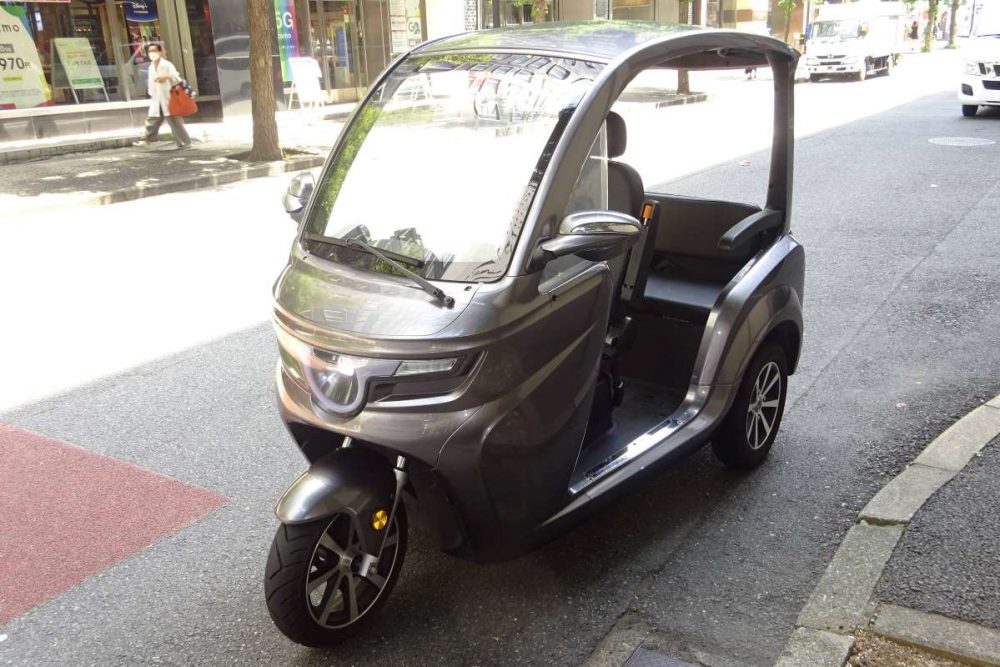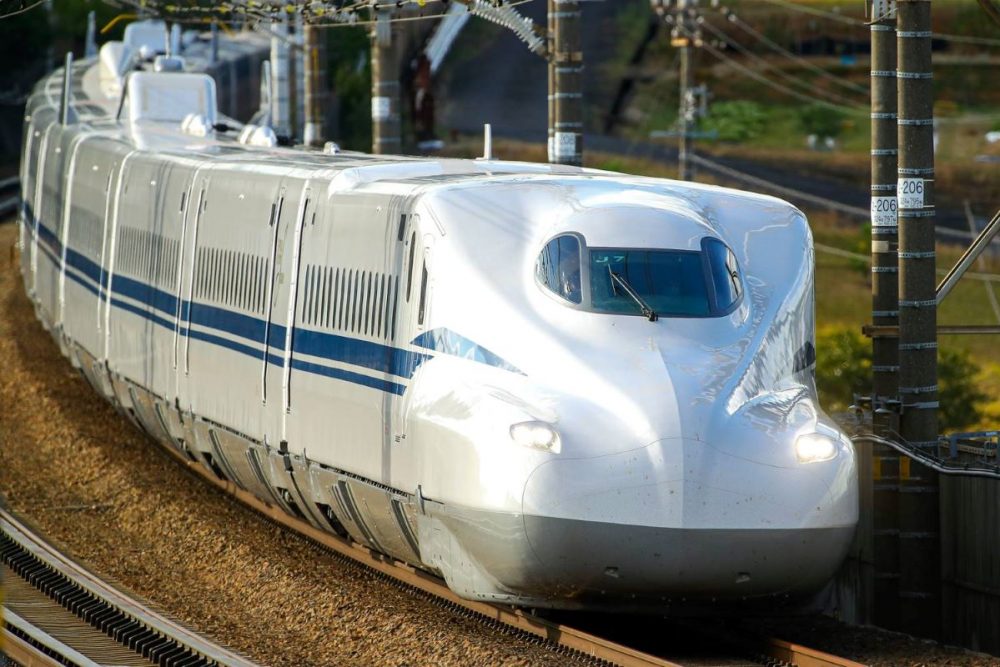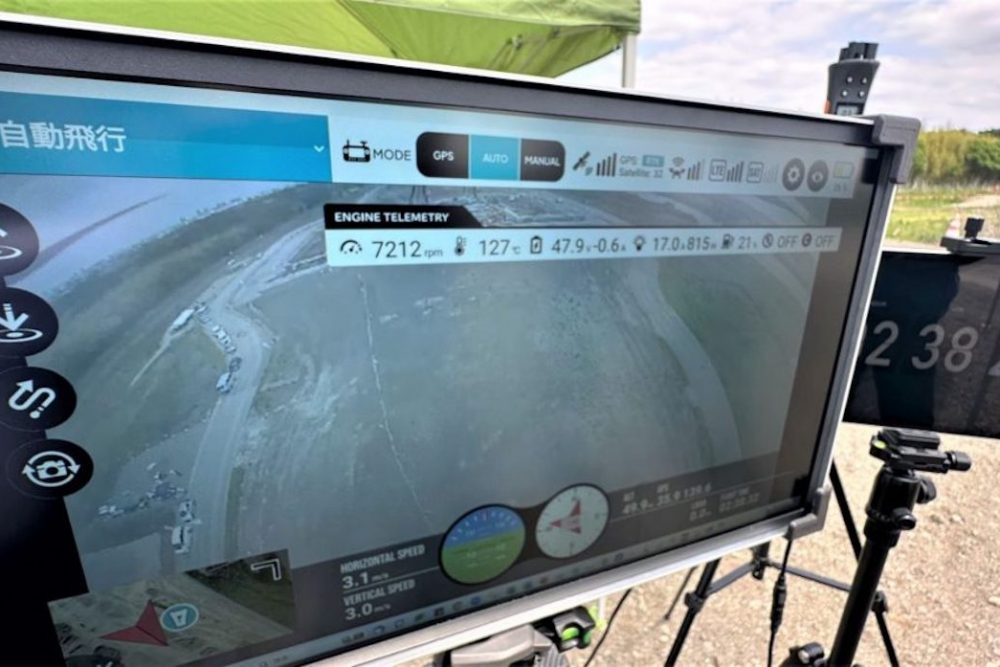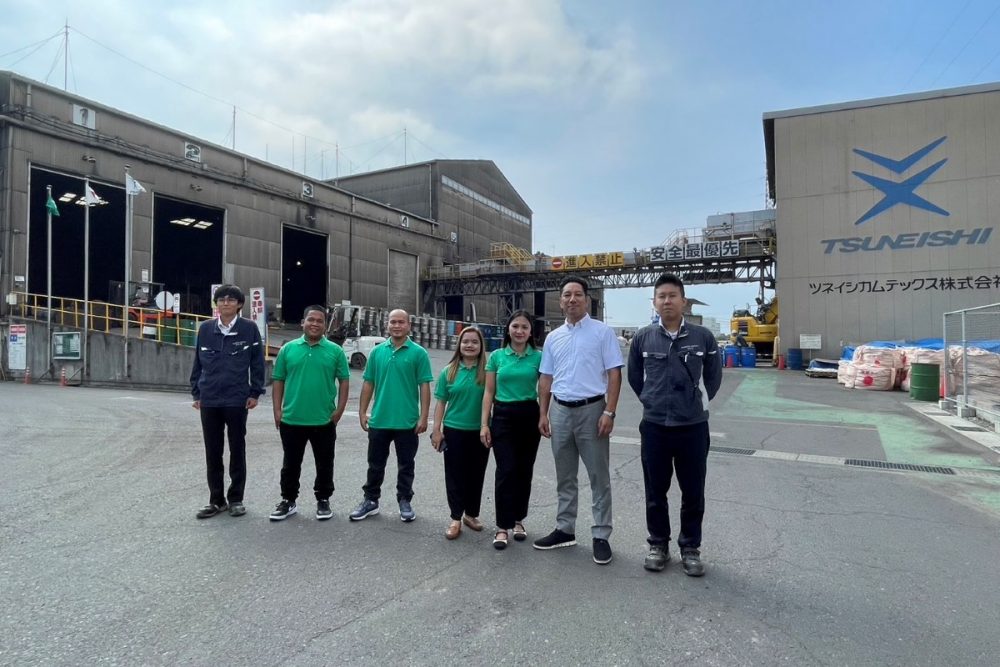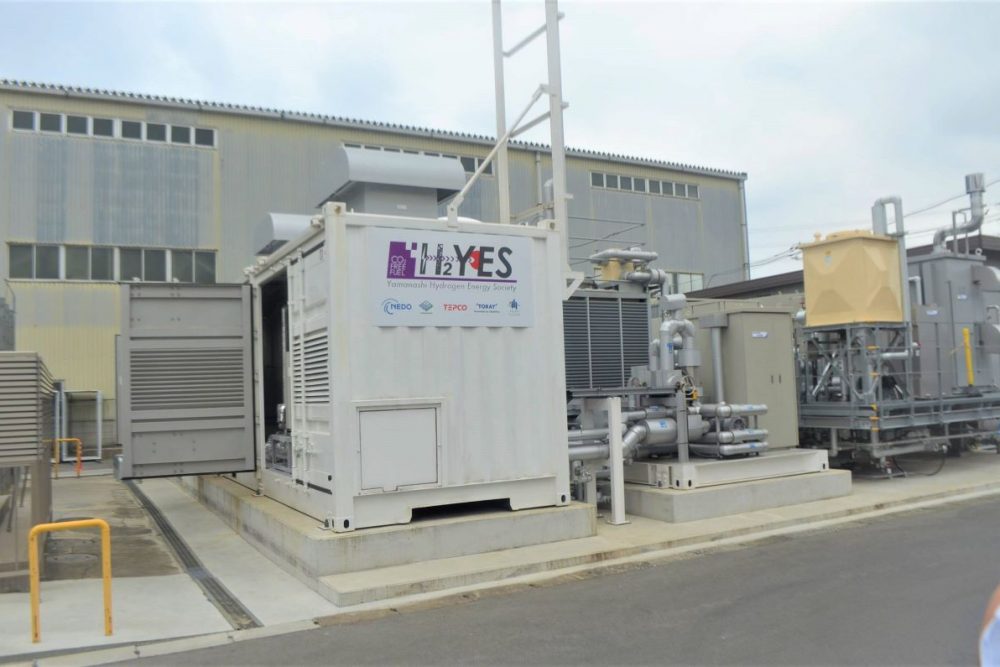Japan’s Plastic Recycling: The Unseen Reality
Technological advancements in material and chemical recycling are key if plastic recycling in Japan is to become economically viable.
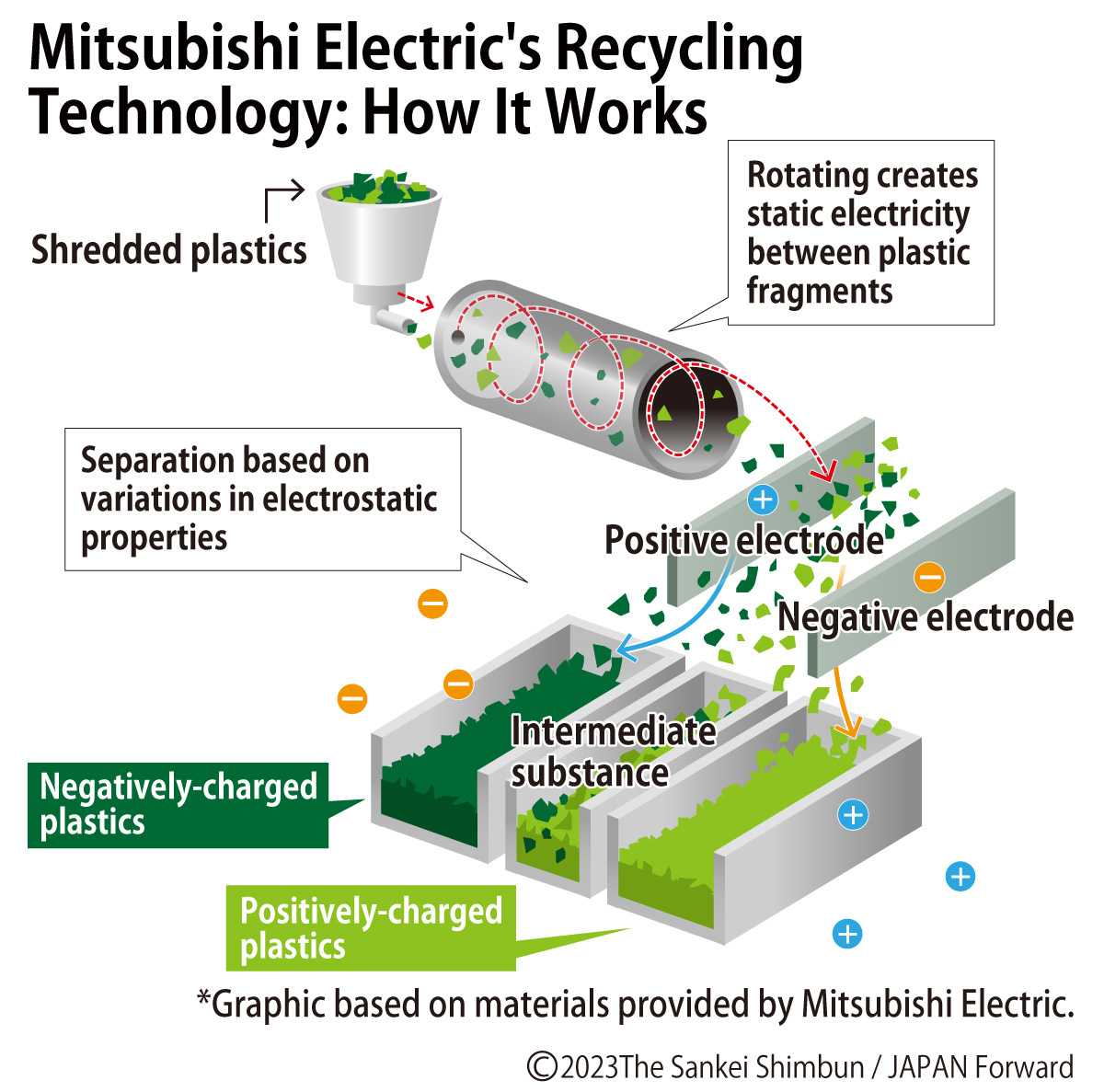
このページを 日本語 で読む
In 2021, Japan achieved an impressive plastic recycling rate of 87%. At first glance, this might portray Japan as an environmentally advanced nation. However, there’s a key difference in Japan’s recycling approach compared to Europe.
Japan includes the incineration of plastic and the use of thermal energy generated from this process in its definition of recycling, inflating the figures. To genuinely reduce negative environmental impacts, Japan's focus must shift towards reusing plastic as a material, a goal that necessitates cost reduction through technological innovation.
Japanese companies are actively pursuing innovations such as electrostatic sorting and other novel technologies that eliminate the need for separation processes.
Recycling Rate in Reality
Plastic recycling can be categorized into two types: material recycling, where waste plastics are crushed and reused as raw material, and chemical recycling, where plastics are chemically broken down and reused as oil or gas. In Japan, a third type – thermal recycling involving incineration and energy utilization – is also considered recycling. Notably, thermal recycling constitutes a significant portion of Japan's plastic recycling efforts.
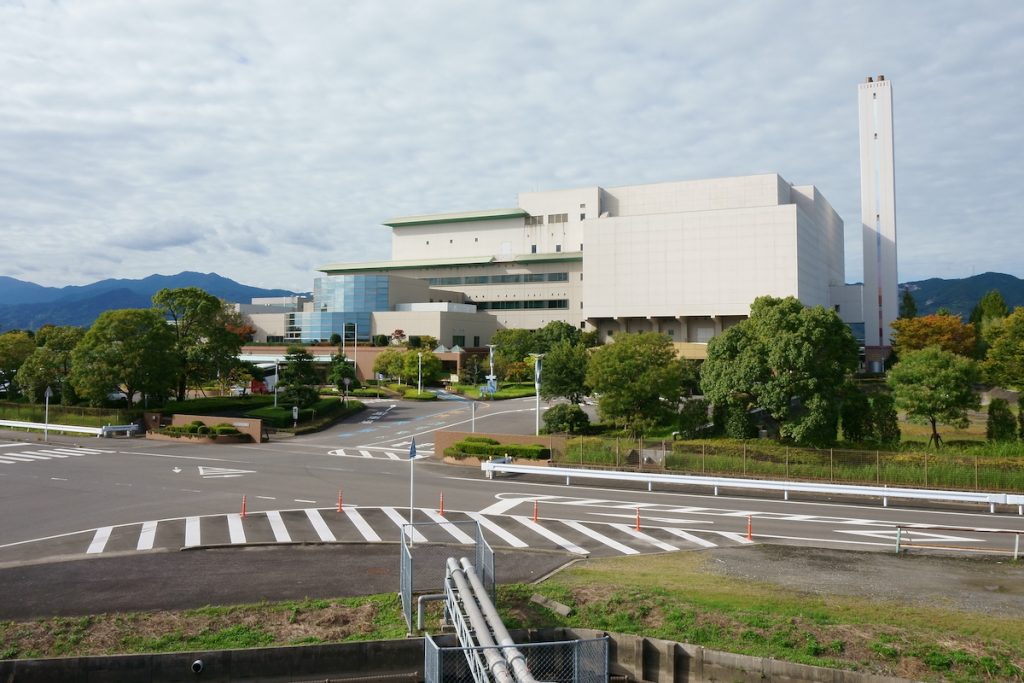
According to the Tokyo-based Plastic Waste Management Institute, Japan's plastic recycling rate in 2021 was 87%. Thermal recycling accounted for 62%, while material and chemical recycling combined constituted only 25%. While thermal recycling contributes to environmental efforts by recovering heat for use in power generation, it also presents challenges for achieving carbon neutrality due to carbon dioxide emissions from the incineration process.
In contrast, EU statistics for 2020 reveal that the combined rate for material and chemical recycling averages 35%, surpassing Japan’s figures. Europe demonstrates advanced efforts in resource circulation, with companies actively promoting recycling in their public relations campaigns. For example, Unilever in the UK has committed to making all its plastic containers recyclable and reusable by 2025. Meanwhile, Swiss food and beverage manufacturer Nestlé aims to make nearly all its packaging materials recyclable and reusable by the same year.
The central challenge lies in the cost. Recycling, especially concerning containers, typically incurs costs several times higher than manufacturing new containers from scratch, inevitably influencing product pricing. In Europe, where the concept of ethical consumption, or selecting environmentally and socially responsible products, has gained widespread acceptance, the higher costs are more tolerable. Nevertheless, cost reduction remains a critical factor in any fundamental increase in recycling rates.
Exploring AI as a Solution
Finely crushed plastic fragments suddenly change direction mid-air and fall into receptacles to the left and right. This seemingly magical spectacle is a technology utilized by Mitsubishi Electric that harnesses the electrostatic properties of different types of plastics for recycling.
Recycling plastics requires meticulous sorting by type. Even within the same category, variations in shape and hardness complicate the process. That's where electrostatic separation comes into play — a technique involving friction that generates static electricity. Sorting takes place utilizing the attraction between positively charged plastics and their negatively charged counterparts.
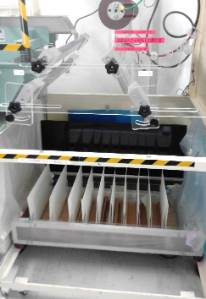
Mitsubishi Electric has been developing this technology since the 1990s and successfully established its proprietary high-precision separation technology in 2010. The company went on to set up a subsidiary, Green Cycle Systems in Chiba Prefecture, which has already proven profitable by recycling plastics from various sources, including home appliances.
Yasuhiro Nakamura of Mitsubishi Electric’s Advanced Technology R&D Center expressed confidence in the technology. "Our technology can handle mixed plastic chips, a task that proves difficult using other methods. We have amassed expertise and enhanced precision by fine-tuning the height and width of the receptacles," he explains.
In July, Mitsubishi Electric announced its intention to commercialize its electrostatic separation technology. Initially designed to separate three major types of plastics found in home appliances, the technology originally employed within the group will be expanded for broader applications. The company aims to provide equipment installation services by fiscal year 2024.
The company has received samples from 14 companies, including the Kao Corporation, and is currently verifying the technology's applications for these materials.
Mitsubishi Electric's future plans are ambitious. It aims to develop products that leverage artificial intelligence (AI) to achieve optimal automated sorting processes.
Revolutionary Technology Could Eliminate Sorting
While Mitsubishi Electric is actively promoting material recycling that requires separation, Ebara Corporation, a specialist in the development and manufacturing of waste processing plants, is advancing technology for chemical recycling that would eliminate the need for sorting.
The technology aims to extract gas components from mixed waste that also contains materials other than plastics. These components would serve as raw materials for recycled plastics. The company aims to introduce this technology to the market by 2030.
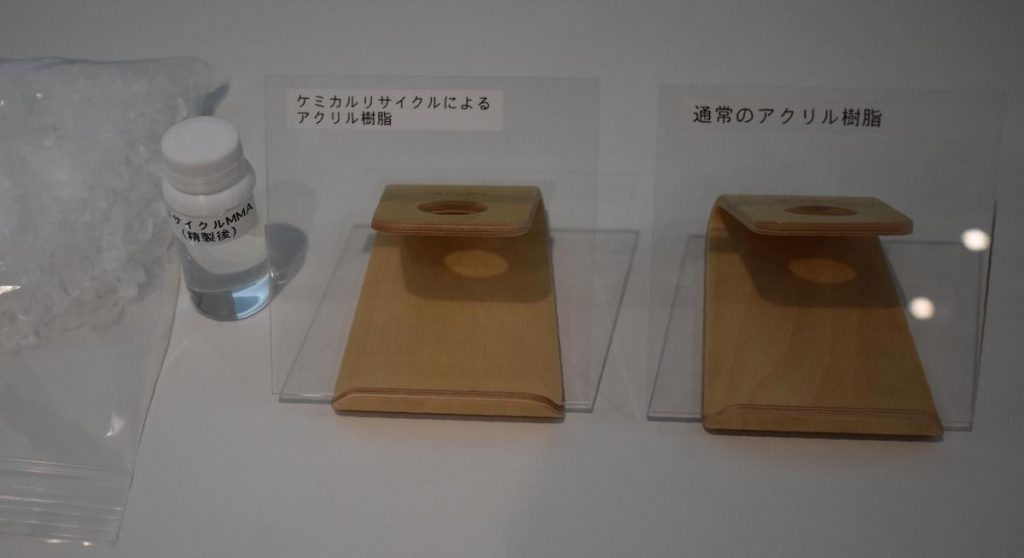
Sand is spread across the interior of a furnace divided into two chambers. Waste materials introduced into this furnace are gasified at temperatures exceeding 900 degrees Celsius. Subsequently, synthesis gas, which contains the raw material for recycled plastic, and exhaust gas are extracted separately. Temperature adjustments allow for control over the components of the synthesis gas, enabling the extraction of substances tailored to specific applications. While challenges related to precision and cost remain, the elimination of the need for separation holds the promise of significantly boosting recycling rates.
Ikuma Sato, who works in environmental management at Ebara, notes with enthusiasm, "We want to cultivate close connections with related industries to make chemical recycling a reality in our society."
Yuichi Ishimura, Associate Professor at Kindai University’s Department of Economics, makes an important point. "There is a pressing need for technological innovation to enhance the quality of recycled plastics and reduce costs, ultimately driving up recycling rates."
Recycled plastics face challenges such as limited demand due to cost and quality issues. "It is important for companies to view using recycled plastics as not only an environmental contribution, but also a profitable endeavor," Ishimura notes.
このページを 日本語 で読む






